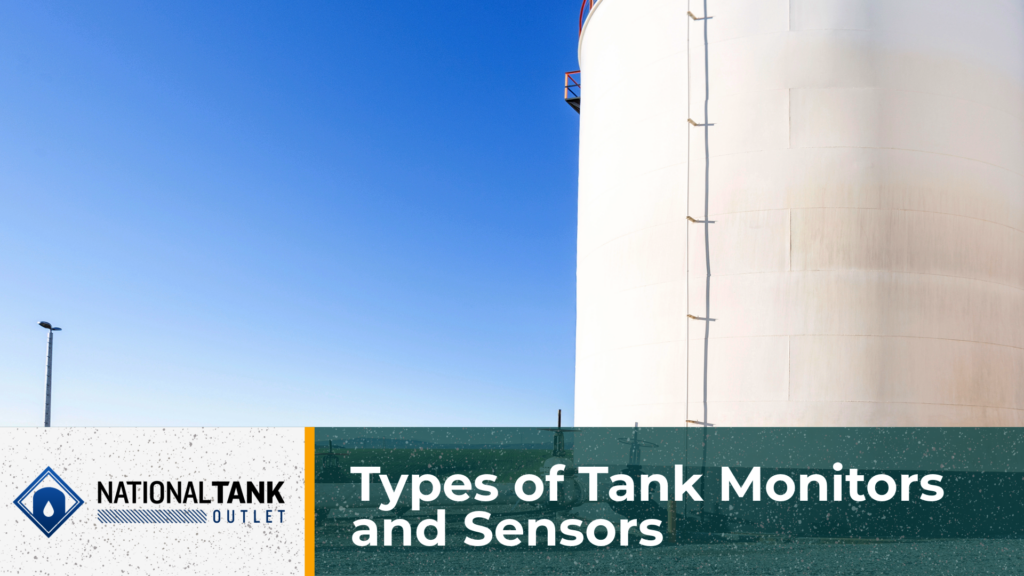
Managing liquid levels effectively is essential for applications ranging from rainwater harvesting to industrial storage systems. Tank monitors and sensors provide precise tracking and control by delivering real time data. This data allows users to make informed decisions and prevent overflows, leaks, and shortages. By integrating these tools, businesses and tank users can enhance safety, optimize efficiency, and reduce operational costs. Advanced tank monitoring systems can be customized to suit specific needs and further improve their performance and reliability.
This article is designed for anyone who relies on tanks to store liquids. This includes homeowners, small business owners, farmers, commercial operators, manufacturers, and industry professionals. Whether you’re managing a farm’s water supply, running a construction project, manufacturing products, or maintaining a chemical storage facility, understanding the tank monitoring technologies available and their benefits can help you recognize their value and how they can streamline and optimize your daily operations.
Here, we’ll explore the various types of tank monitors and sensors we offer here at the National Tank Outlet. We’ll examine their features and highlight where they are commonly used. We’ll also review the benefits they offer to different users, from improving convenience to increasing safety and reducing costs. By the end, you’ll have the knowledge you need to choose the right monitoring solution for your specific storage tank needs.
Why Tank Monitors and Sensors Matter
The Challenges of Not Having a Monitoring System
Managing liquid levels in bulk storage tanks, especially ones with hazardous cargo, without monitoring tools can lead to a range of issues which can impact safety, work effort, and regular company costs. Some common problems include:
- Tank Overflows: Without a system to track levels, tanks with active plumbing systems and frequent liquid movement can overflow, resulting in waste, environmental damage, or safety hazards.
- Unfulfilled Potential: Tanks often operate at suboptimal levels when there’s not an accurate way to gauge their fill status. This inefficiency can lead to lost storage potential.
- Manual Monitoring Difficulties: Checking tanks manually is time consuming, prone to errors, and sometimes unsafe, such as when dealing with hazardous or hard-to-reach liquids.
- Stock Risk: Without tank monitoring equipment, owners can run the risk of depleted stock, due to accidental oversight, poor inventory management, or incorrect calculations, which can bring operations to a halt.
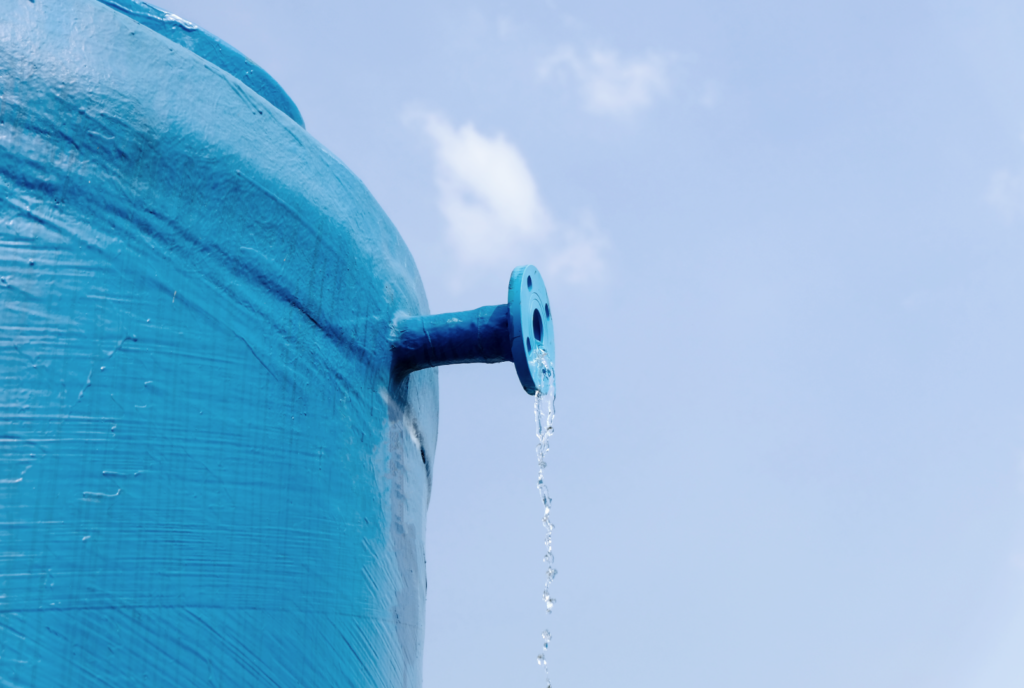
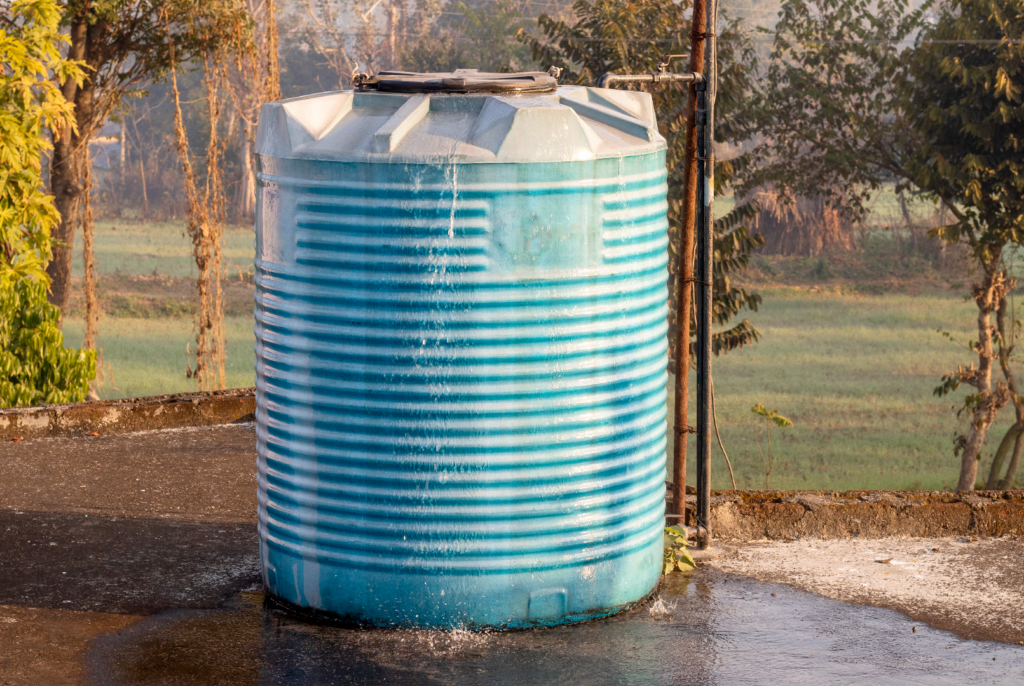
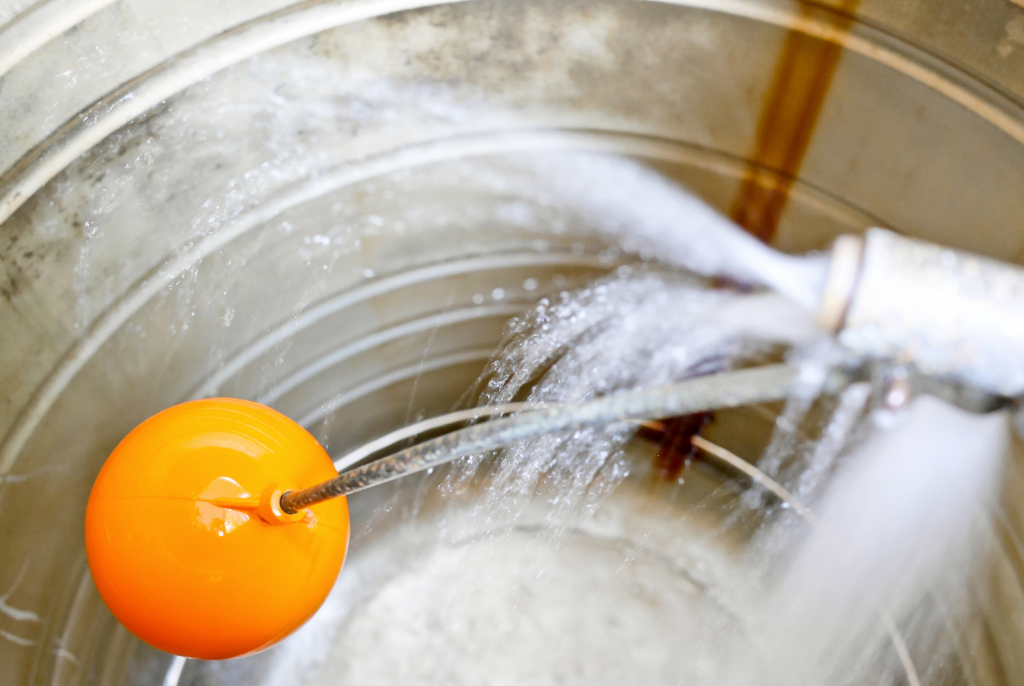
How Monitors and Sensors Solve These Problems
Tank monitors and sensors redefine storage management by providing accurate and consistent real time data. Here’s how they address common problems and improve operations:
- Prevent Overflows and Spills: Sensors alert users as a tank reaches capacity, thereby protecting cargo stock and the local work environment.
- Maximize Capacity Use: Real time readings allow users to know precisely how much tank liquid space is left, ensuring they’re getting the most out of their storage container.
- Enhance Safety and Efficiency: With automated monitoring and the potential provided by remote displays, there’s no need to climb tanks, handle dangerous liquids, or rely on rough estimates.
- Stock, In Stock: Real time volume readings on available stock will ensure owner operators always know when it’s time to reorder, refill, or modify operations.
Key Industries and Use Cases
Tank monitors and sensors are beneficial to and ideally suited for a variety of industries and applications. Some examples include:
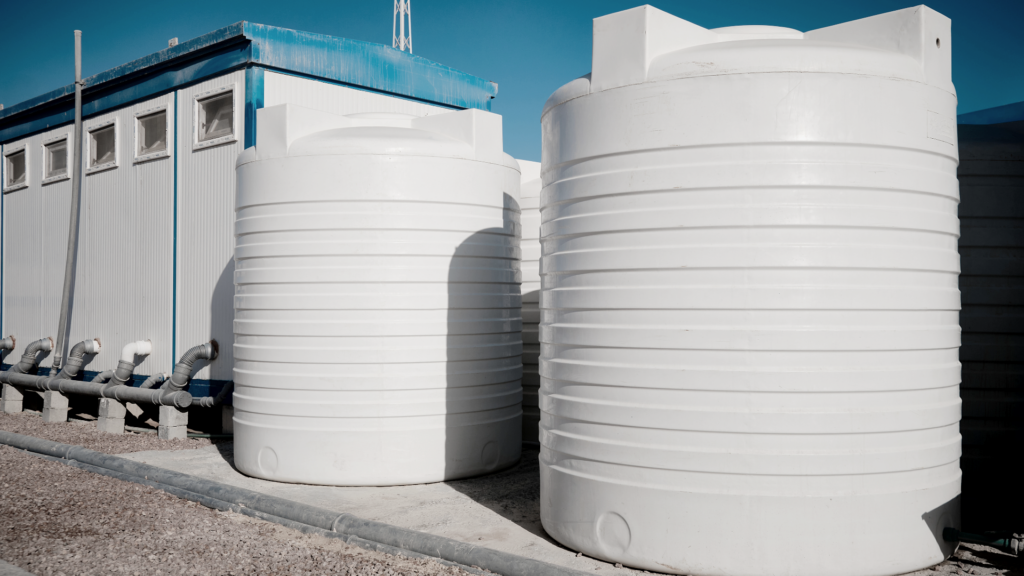
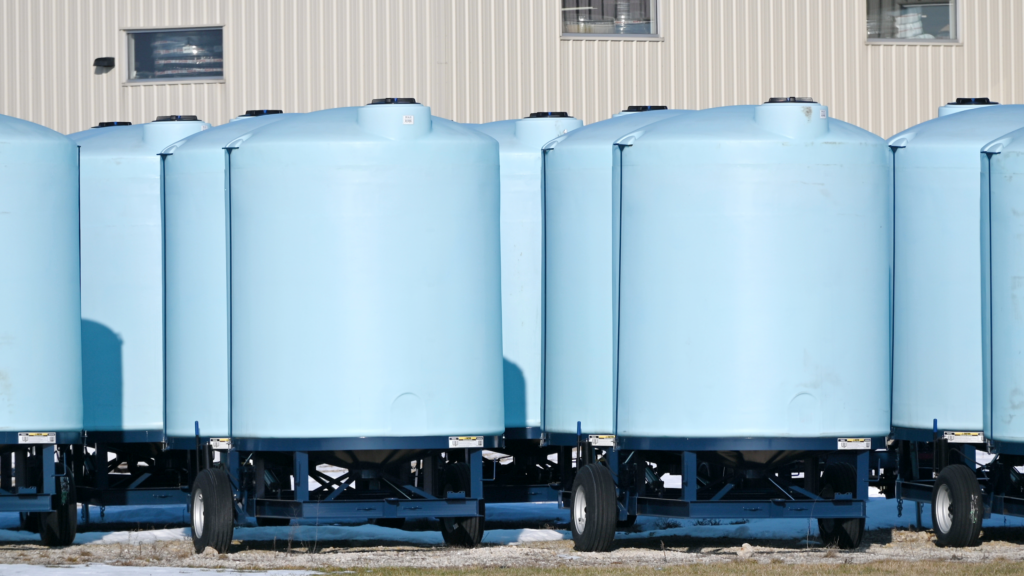
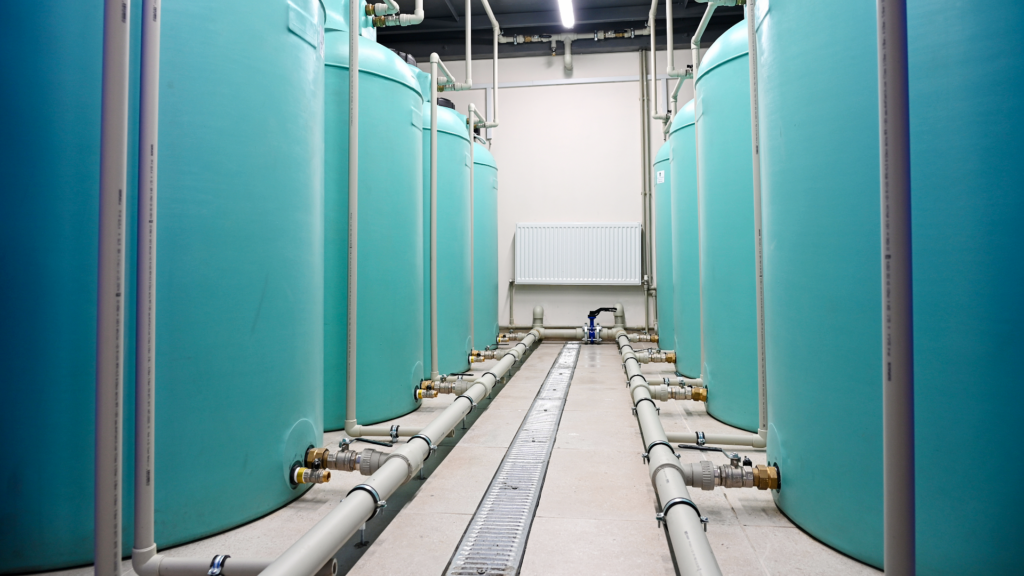
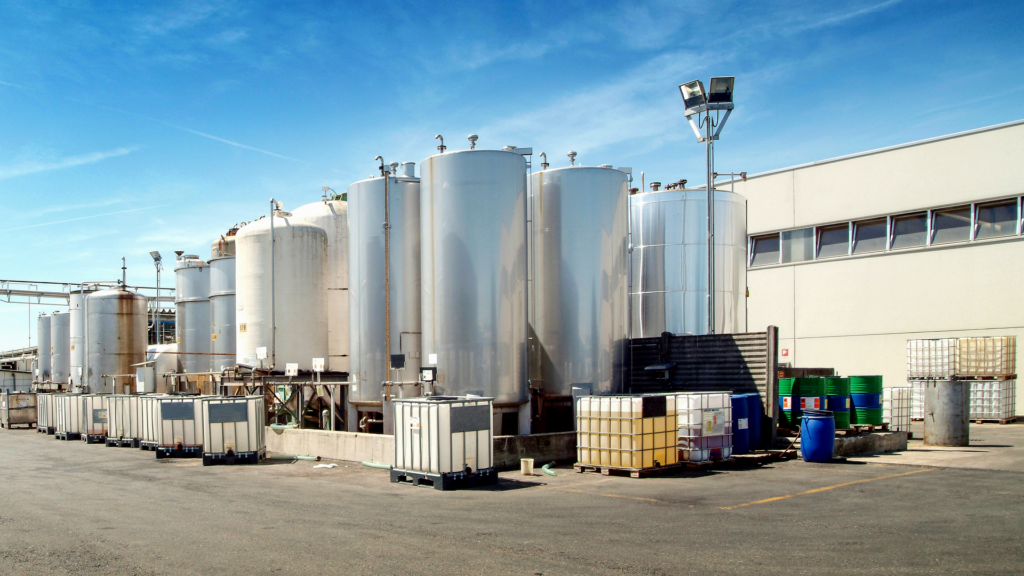
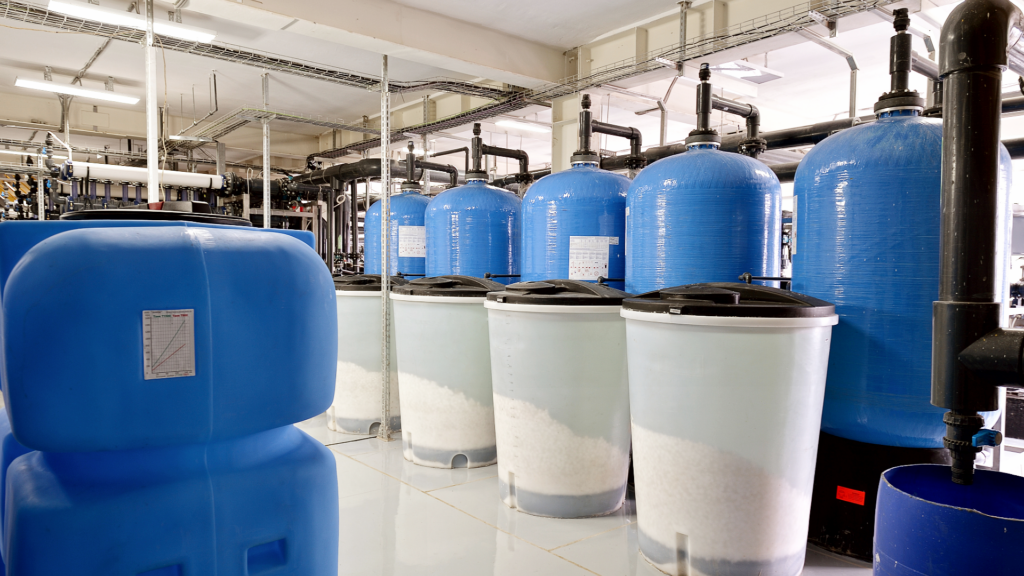
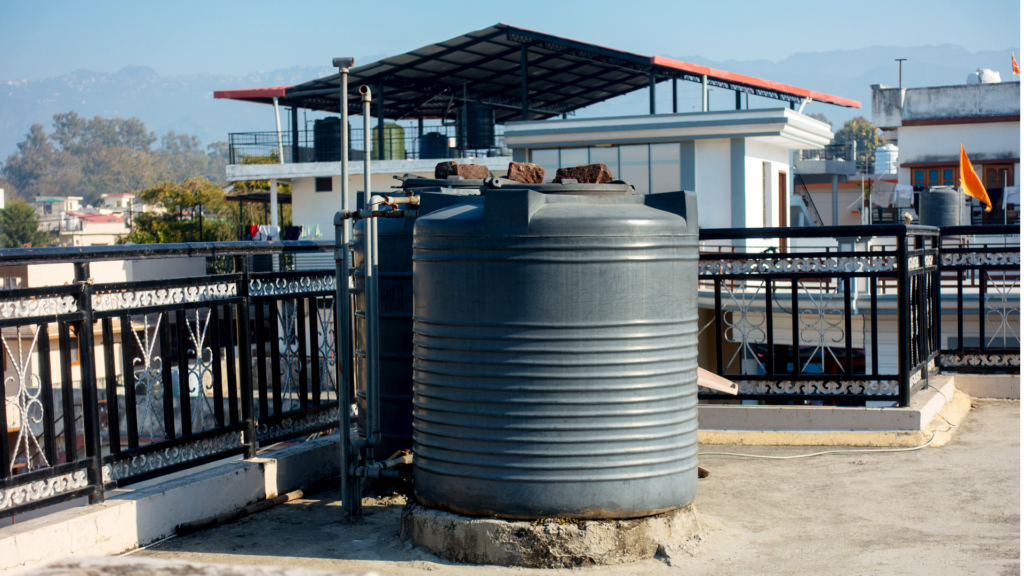
- Water Storage: From rainwater collection to municipal water treatment and management, tank monitoring systems ensure efficient use and storage of water and purification solutions.
- Agriculture: Farmers use the tools to maintain water and feed levels or monitor fertilizer and pesticide tanks.
- Chemical Storage: Sensors are indispensable in companies handling corrosive or hazardous chemicals where precision and safety are top priorities.
- Fuel and Oil: Tank monitoring technology helps manage the storage and distribution of fuels, oils, and raw resources with ensured accuracy that reduces waste.
- Wastewater Management: Ultrasonic sensors are widely used in wastewater treatment plants to monitor sump levels, neutralization tanks, and other liquid waste systems. These tools prevent overflows and drive efficient processing.
- Food and Beverage Industry: Non-contact sensors are ideal for monitoring liquids in food grade tanks that store ingredients like syrups, oils, beverages, or raw materials. Their design ensures hygiene and eliminates contamination risks.
- Pharmaceutical and High Purity Applications: For environments that require sterile conditions, radar sensors offer precise monitoring while avoiding any intrusion risks by measuring through tank walls or from a safe distance.
- Mining and Mineral Processing: Durable tank sensors can monitor slurry levels, chemical reagents, and water in mining operations. They are heavily engineered to withstand harsh and abrasive conditions.
- Construction and Remote Sites: Wireless tank gauges are invaluable for monitoring water, fuel, or chemical levels in environments where manual checks are challenging, such as construction projects or remote industrial locations.
- Marine and Shipping: Monitoring sensors can be used to accurately track ballast water, fuel, and other liquid storage tanks onboard ships and marine vessels.
- Power Generation: Power plants utilize sensors to monitor cooling water, fuel, and chemical storage tanks to ensure efficiency and safety in highly critical processes.
Types of Tank Monitors and Sensors
Submersible Pressure Sensors
Submersible pressure transmitters use pressure based technology to determine liquid levels. These contact sensors are positioned inside the liquid and measure the pressure exerted by it at a specific depth and convert that force into accurate level readings.
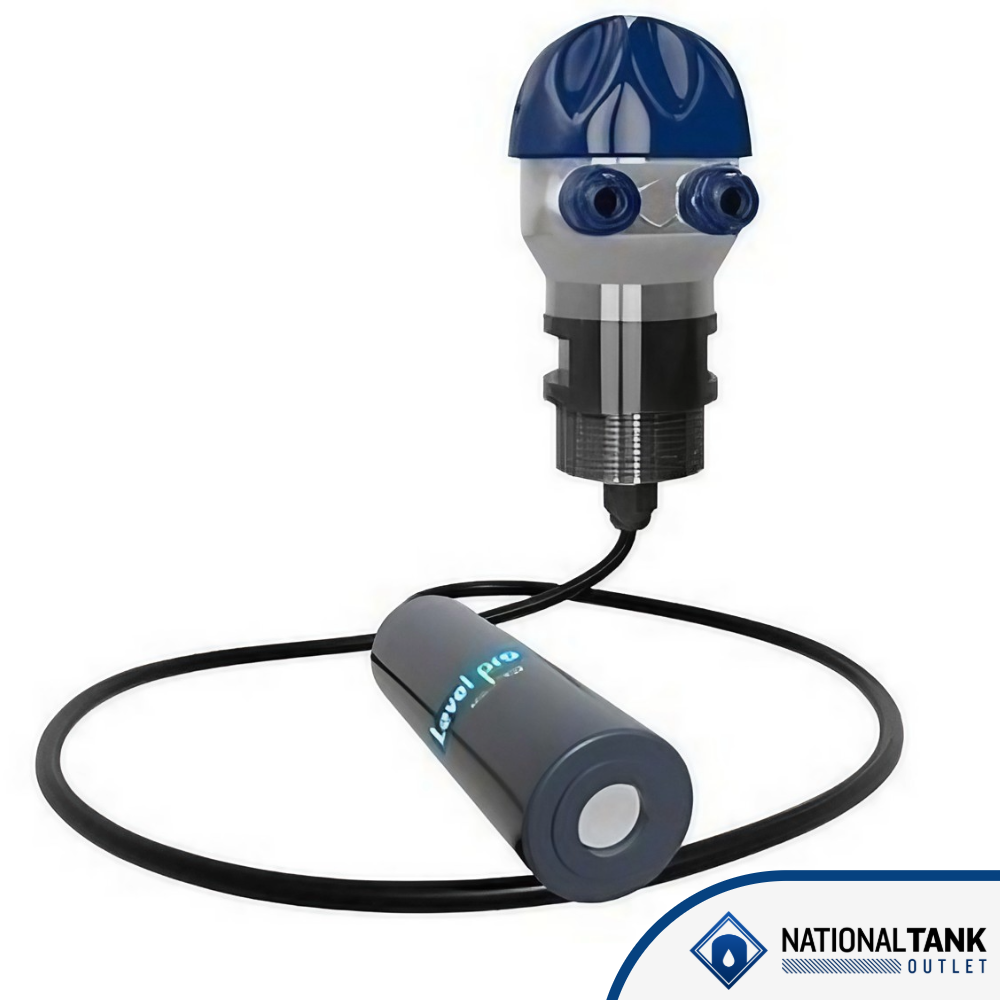
Key Products from NTO Tank:
- Levelpro 100 Series Submersible Pressure Transmitter: A reliable and precise option for standard liquid level monitoring that offers corrosion resistance and durability in both chemical storage tanks and sumps.
- Levelpro 300S Series Submersible Pressure Transmitter: Engineered for harsh environments where metal compatibility is required, this transmitter features a 316L stainless steel build, making it ideal for corrosive, high pressure conditions where heavy duty synthetics are unsuitable.
Applications:
Submersible pressure transmitters excel in deepwater tanks and situations where the sensor needs to be submerged directly into the liquid. They are commonly used in industrial water tanks, wastewater treatment plants, or applications with high capacity liquid storage.
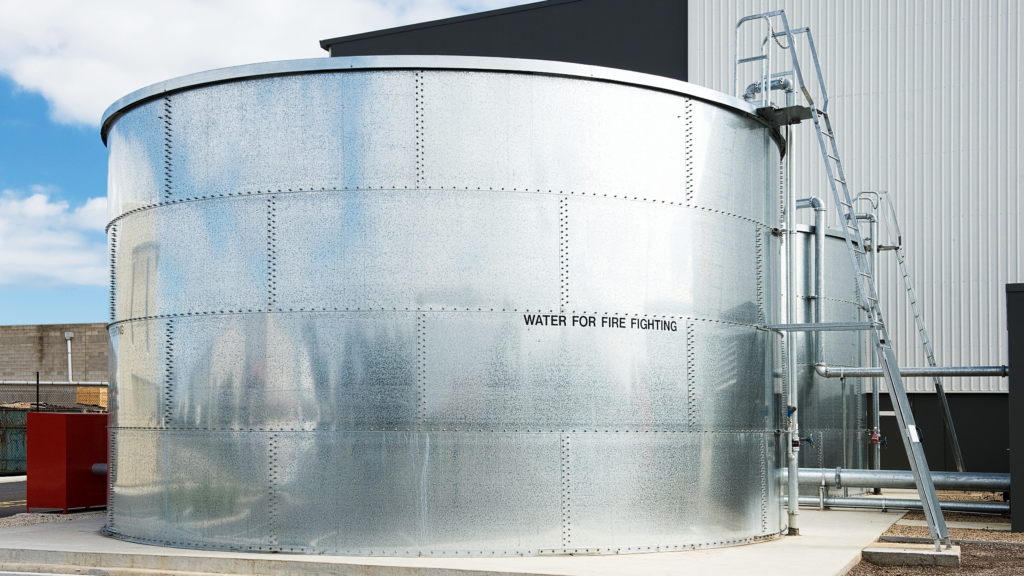
Benefits:
- Rugged and durable performance in challenging or corrosive environments.
- High reliability for continuous level measurement.
Recommended Tank Types for Submersible Pressure Sensors
Submersible pressure sensors are ideal for monitoring liquid levels in the following tank types:
- Chemical Storage Tanks: Suitable for corrosive liquids due to their durable construction.
- Day Tanks: Used in smaller, daily use scenarios that require precise level monitoring.
- Batch Tanks: Perfect for measured liquid handling in industrial or chemical processes.
- Waste Sumps: Reliable for tracking levels in wastewater or liquid waste systems.
- Bulk Storage Tanks: Effective in high capacity industrial or agricultural liquid storage applications.
Options Available for Submersible Pressure Sensors
- Sensor Material: PTFE, PFDF, PVC, Polypropylene, 316 Stainless Steel
- Diaphragm Material: Ceramic, 316 Stainless Steel
- Cable Length: 5m, 11m, 15m, 20 meters
- Sensor Output: 4-20mA, Ratiometric, RS485, 0-10 Voltage
- Sensor Range: 0-20 ft, 0-34 ft, 0-54 feet
Electronic Level Sensors
Electronic level sensors use electronic or ultrasonic signals to detect and measure liquid levels. They provide real time readings and are extremely versatile.
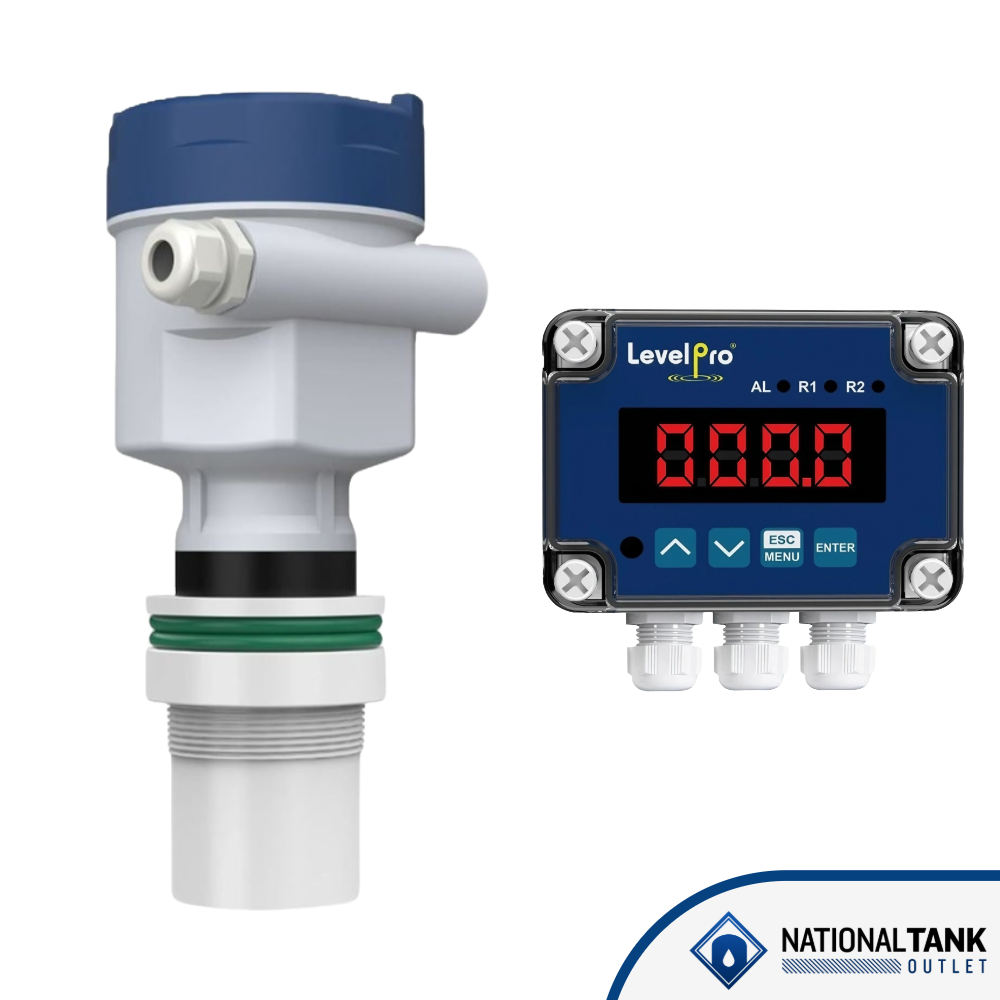
Key Products from NTO Tank:
- Levelpro Battery Operated Submersible Electronic Sensor: A portable and convenient solution for non-permanent setups that features a battery powered LED display for ease-of-use ideal for remote or temporary applications.
- Ultrapro 2000 Series Ultrasonic Electronic Level Sensor: Provides consistent, accurate measurements with ultrasonic technology and a non-contact design that minimizes maintenance issues such as clogging or wear from liquid exposure.
- Ultrapro 2000 with LED Display and Controller: Offers easy-to-read level data through a rugged, wall mounted display that shows ultrasonic sensor measurements. Suitable for indoor and outdoor environments.
Applications:
Ideal for residential, commercial, and industry application tanks, these sensors are versatile and perfect for general monitoring needs like rainwater storage, chemical tanks, and oil reservoirs.
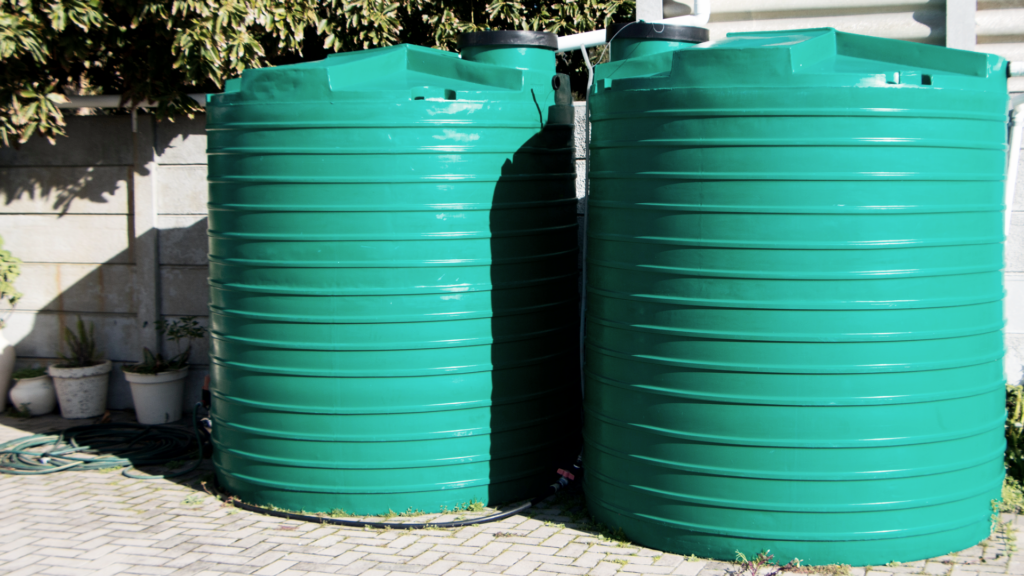
Benefits:
- Easy to install and operate.
- Delivers accurate, real time data for better decision making.
- Non-contact design reduces maintenance requirements.
Recommended Tank Types for Electronic Level Sensors
Electronic level sensors provide versatile and accurate performance for various tank types:
- Rainwater Collection Tanks: Excellent for monitoring water levels in residential, municipal, or commercial setups.
- Chemical and Oil Tanks: Commonly used for general purpose monitoring of liquids like chemicals or oils.
- Process Tanks: Ideal for real time monitoring in industrial workflows.
- Plastic and FRP Tanks: Work well with non-metallic tanks by ensuring accurate readings without interference.
Options Available for Electronic Level Sensors
- Sensor Material: PTFE, 316 Stainless Steel
- Cable Length: 5m, 10 meters
- Sensor Output: 4 – 20mA
- Sensor Range: 0-10 meters
Radar Level Sensors
Radar level sensors use radar waves to determine liquid levels, all without contacting the substance being measured. This technology is especially suited for applications that require high precision.
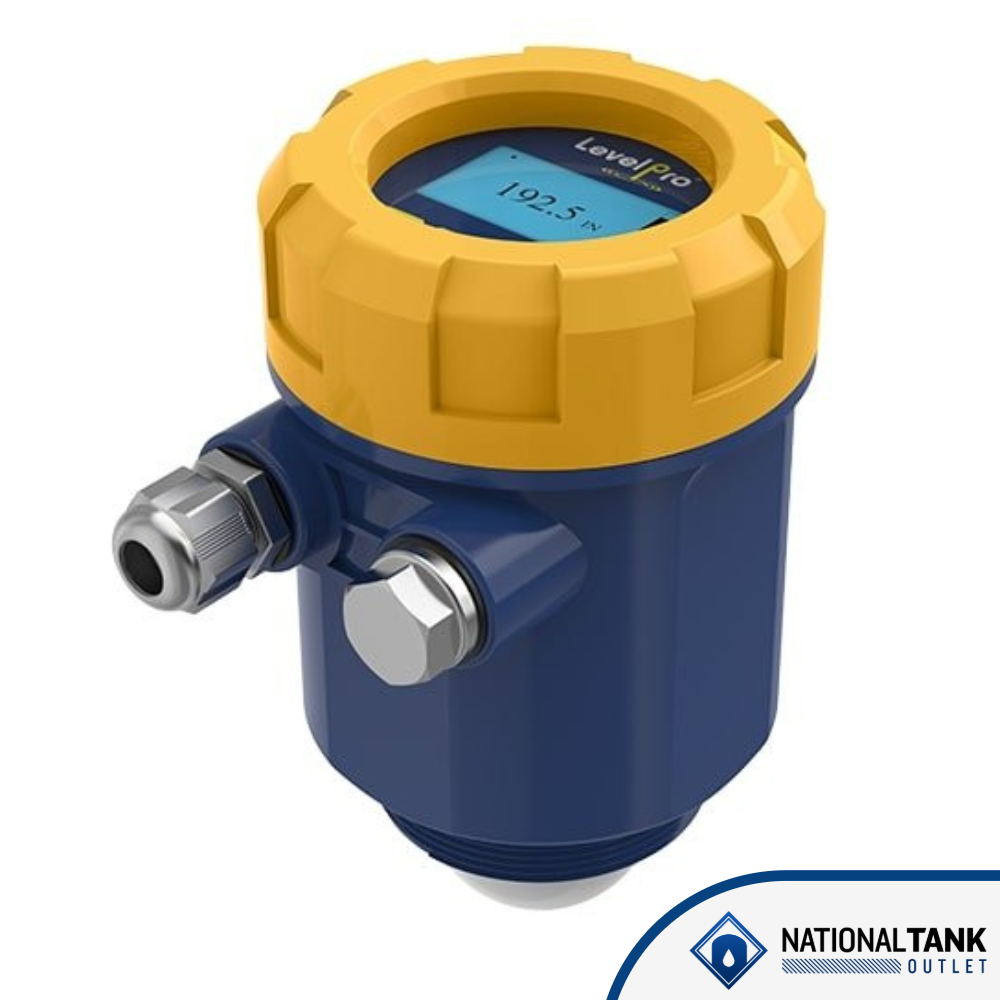
Key Products from NTO Tank:
- Levelpro ProScan 2 Series Radar Transmitter: With advanced 80GHz radar technology, it ensures near perfect accuracy even in challenging conditions like foam, vapor, and rapid temperature changes.
- Levelpro Polypropylene Blind ProScan 3 Radar Level Transmitter: Designed as a blind sensor without an integrated display, this transmitter pairs with external monitors like the Shopro Display. Its 80GHz radar technology and rugged polypropylene build make it ideal for detecting fluid levels in corrosive or high temperature environments.
Applications:
Radar transmitters are commonly employed for hazardous liquids, caustic substances, or in environments with fluctuating temperatures, vapor, or foam conditions. They are also valued in high purity applications where their non-contact functionality prevents any risk of contamination.
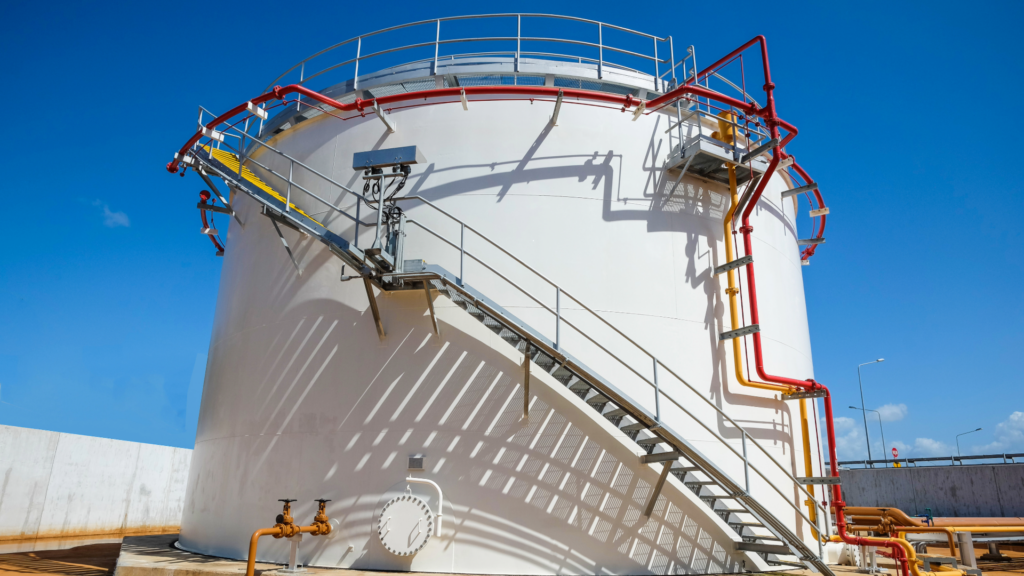
Benefits:
- Performs reliably in extreme or dynamic operating conditions.
- Non-contact technology reduces the risk of wear, tear, or contamination.
- Accurate even in challenging scenarios such as foam covered liquids or rapid temperature fluctuations.
Recommended Tank Types for Radar Level Sensors
Radar level sensors are built for precision in challenging and diverse environments, making them ideal for:
- High Purity Tanks: Measure through tank walls to avoid contamination in pharmaceutical or food grade applications.
- Hazardous Chemical Tanks: Provide safe monitoring of corrosive or volatile liquids.
- Fuel and Oil Tanks: Effectively managing storage and distribution in extreme conditions.
- Plastic and FRP Tanks: Accurately measure fluid levels through tank walls, non-contact.
- Batch and Process Tanks: Deliver precise readings even in environments with foam, vapor, or temperature fluctuations.
Options Available for Radar Level Sensors
- Sensor Material: PTFE, Polypropylene, 316 Stainless Steel
- Cable Length: N/A
- Sensor Output: 4 – 20mA
- Sensor Range: 0-10 meters
Wireless Tank Gauges
Wireless tank gauges allow users to monitor liquid levels remotely by syncing data to smartphones, tablets, or computers. These systems make remote management simple and accessible.
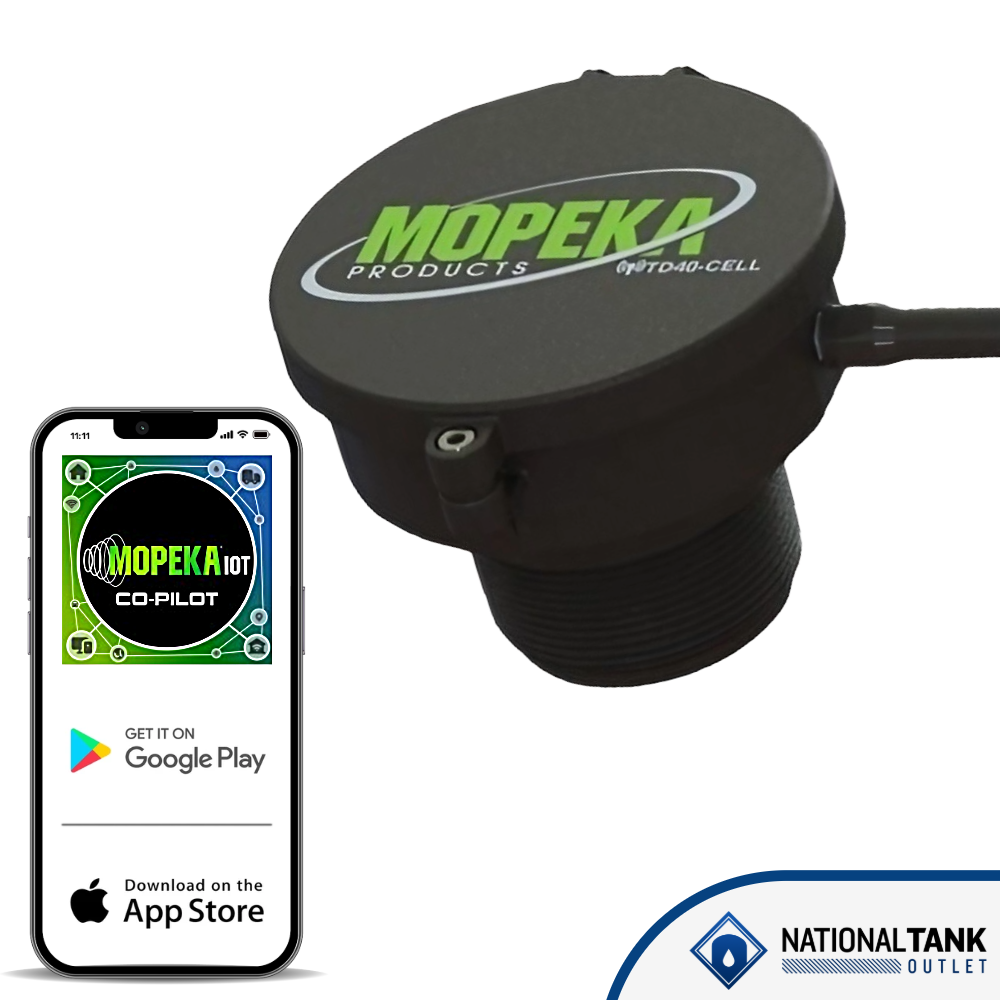
Key Product from NTO Tank:
- Wireless Tank Gauge – iOS, Android, & PC: A highly versatile tool that supports remote access with all major platforms, ideal for tanks located in remote or hard-to-access areas.
Applications:
Perfect for tanks on farms, construction sites, or industrial facilities where onsite staff is limited or storage containers are dispersed.
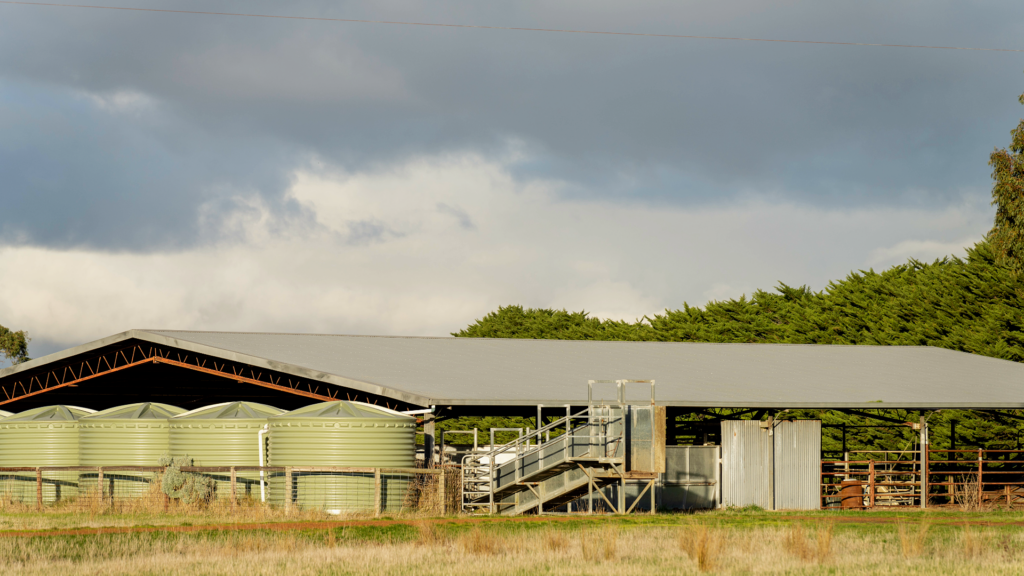
Benefits:
- Enables convenient, on-the-go monitoring from virtually anywhere.
- No physical interaction with the tank is required, saving time and effort.
- User friendly interface simplifies sensor use.
Recommended Tank Types for Wireless Tank Gauges
Wireless tank gauges are versatile and suited for many tank applications, including:
- Remote Water or Fuel Tanks: Perfect for rural farms or isolated industrial facilities.
- Construction Site Tanks: Simplify monitoring of water or chemical levels on active sites.
- Tanker Trucks: Effective for mobile liquid storage applications that require remote monitoring.
- Rainwater Collection Tanks: Convenient monitoring for tanks in outdoor or isolated locations.
By understanding the unique features, applications, and benefits of these different tank monitors and sensors, users can select the ideal solution for their specific storage challenges. These tools are top of the line products for simplifying liquid-level tracking safely and with accuracy.
Benefits of NTO’s Tank Monitors and Sensors
Broad Product Range

At the National Tank Outlet, you’ll find an extensive selection of tank monitors and sensors designed to meet a broad range of needs. Whether you’re a homeowner managing a rainwater harvesting setup or an industry professional overseeing chemical storage, there’s a solution for you. The product lineup ranges from simple, user friendly systems suited for residential use to advanced, high tech options for industrial facilities. This versatility ensures that customers from all backgrounds can find the ideal tool for their liquid level monitoring.
High Quality Products

Quality is at the forefront of our product selection. The catalog features trusted brands like Icon Process Controls and Mopeka, known for their reliability, durability, and expert engineering. These products are built to perform consistently under a variety of work conditions, ensuring long term satisfaction. Whether you need a rugged submersible pressure sensor or a high accuracy radar level monitor, you can count on superior craftsmanship and dependable performance.
Cost Effective
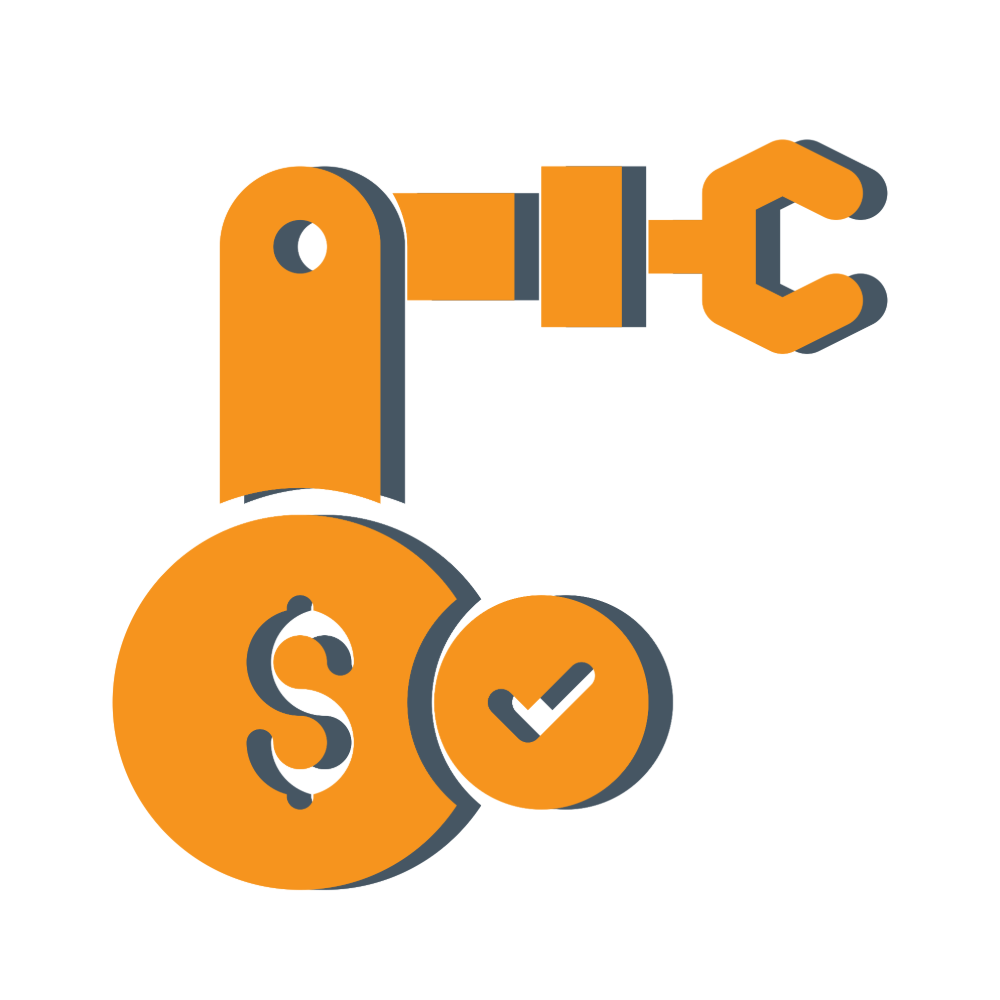
NTO Tank’s competitive pricing makes professional grade monitoring tools accessible. Investing in tank sensors can lead to significant savings down the line by optimizing tank usage, reducing waste, and minimizing manual labor. Many products are also energy efficient and low maintenance which further reduces operating costs over time.
Ease of Use
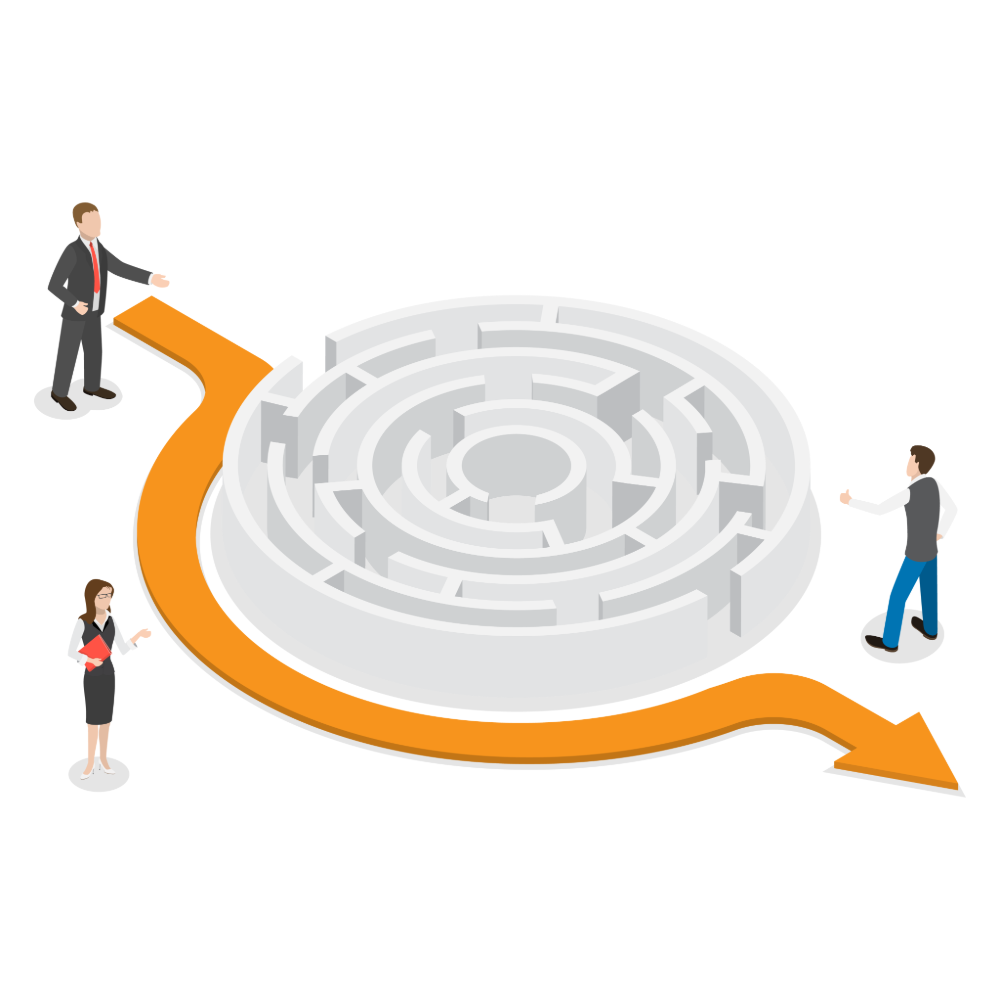
Designed for user convenience, our tank monitors and sensors are as easy to use as they are effective. Many options feature plug-and-play designs, allowing for quick installation without the need for technical expertise. Others have simple wiring for easy setup. Wireless connectivity is another standout feature that allows remote monitoring through smartphones, tablets, or PCs, making these products compatible with modern technologies for easy integration into existing setups.
How to Choose the Right Tank Monitor or Sensor
Key Factors to Consider
Choosing the right tank monitor or sensor should include a careful evaluation of your job specifics and work needs. Here are some key factors you should keep in mind:
- Application: Consider the type of liquid you’re monitoring. Is it water, a chemical, raw materials, or an industrial fluid? Different sensors are better suited to different applications, so always understand the purpose.
- Tank Size and Material: The size and material of your tank can influence the compatibility and accuracy of certain sensors. For large or deep tanks, advanced sensors like radar transmitters may work best. Similarly, the tank material (e.g., plastic, metal) can affect the performance of certain sensors.
- Required Precision and Real Time Data: Think about how precise your readings need to be and whether you require continuous data transmission. For industries that demand high accuracy or live level tracking, advanced electronic or radar sensors are ideal.
- Environmental Conditions: Environmental factors such as temperature, humidity, and pressure can affect sensor performance. Radar level sensors make excellent choices for these extreme conditions.
Simple Decision Making Checklist
Use this checklist to guide your decision:
- Define your liquid type and usage (e.g., water collection, chemical storage, oils).
- Measure the dimensions of your tank and determine tank compatibility.
- Evaluate the level of precision and real time data you need.
- Review the operating environment, accounting for temperature, pressure, or other challenges.
- Determine the budget and sensor features for the application and chemical compatibility.
NTO Tank’s Customer Support
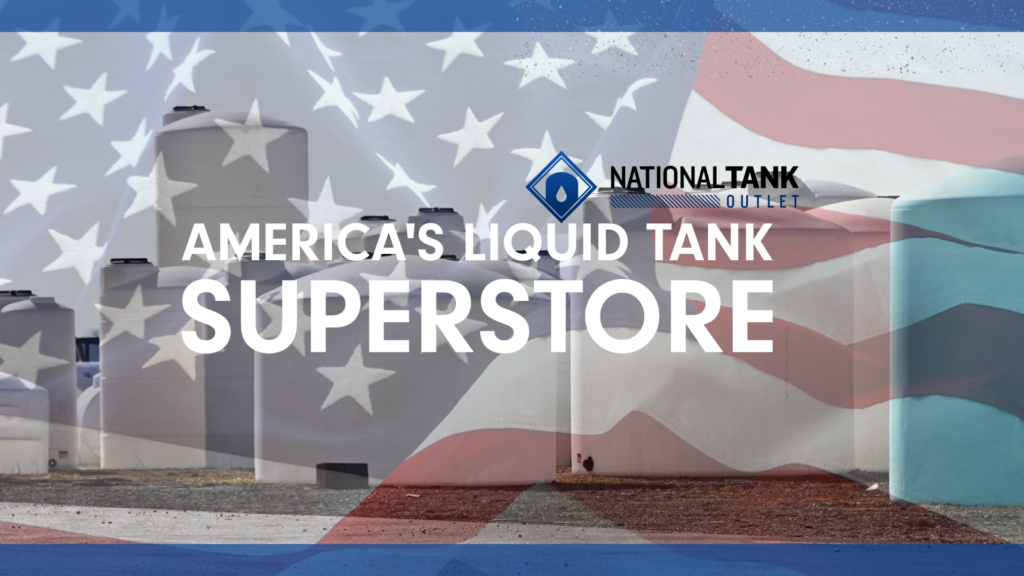
Feeling unsure or have questions? The National Tank Outlet offers exceptional customer service to help you find the best solution for your storage needs. Whether you’re shopping for a specific product or need guidance on sensor compatibility, our team is here to assist with expert advice just a call or email away.
Installation and Maintenance Tips
Installation Basics
Installing a tank monitor or sensor may seem daunting, but most modern systems are designed for user friendly setups. Here’s an overview of general installation steps for different types of monitors:
- Submersible Pressure Sensors: Carefully lower the sensor into the liquid, ensuring the cable remains secure and unobstructed. Attach the transmitter to a stable mounting point, and connect it to the display or data logging system.
- Electronic Level Sensors: Position the sensor as recommended by the manufacturer, typically at the top or side of the tank. Plug-and-play designs make most installations quick and easy, often requiring only a few tools.
- Radar Level Sensors: Mount the device above the tank, keeping it aligned for accurate radar wave readings. Avoid obstacles in the signal path, like internal pipes or fittings, to ensure proper operation.
- Wireless Tank Gauges: Mount the gauge on a tank with wireless reception. Pair the device with your phone, tablet, or computer following the provided instructions, and configure notifications or alerts for real time updates.
Maintenance Best Practices
To ensure your tank monitors and sensors work reliably for years, follow these maintenance tips:
- Regular Cleaning: Prevent performance issues by cleaning sensor monitoring surfaces and connectors to remove dirt, residue, or buildup.
- Inspect for Damage: Periodically check cables, housings, and mounts for wear and tear, especially in harsh environments like chemical storage or extreme weather conditions.
- Calibrate as Needed: Some sensors may require recalibration over time. Follow the manufacturer’s guidelines to maintain accurate readings.
- Monitor Data Trends: Keep an eye on inconsistencies or irregular patterns in the readings, which could indicate potential issues needing further inspection.
- Store Properly: If unused, store sensors in a clean, dry space to prevent corrosion or damage from exposure.
Regular attention to the installation and its upkeep not only improves sensor longevity but also ensures constant, precise tank monitoring.
Takeaway
Tank monitors and sensors are essential tools for effective liquid level management with solutions for both everyday and specialized applications. Throughout this guide, we’ve explored various types of monitors, including submersible, ultrasonic, radar, and wireless tank gauges. Each option brings unique features and benefits, from accurate real time data to specific compatibility and convenience. Understanding these products empowers you to select the right tool for your needs.
At the National Tank Outlet, we take pride in offering a broad range of high quality monitors and sensors by top trusted brands in the industry. With competitive pricing, user friendly designs, and expert customer support, we make it easier than ever to find the perfect fit for your requirements.
Take the next step in optimizing your tank management today. Browse our selection of tank monitors and sensors to find the ideal product for your storage container. Have questions or need guidance? Contact our knowledgeable customer support team — we’re here to help you make an informed decision.
Precision liquid level management starts with the right tools. Explore NTO’s selection now and achieve safety, accuracy, and convenience.